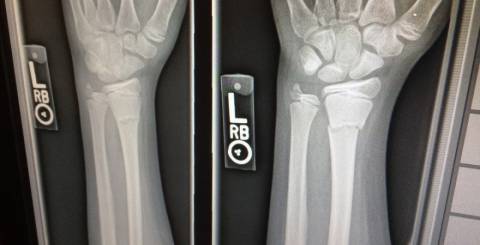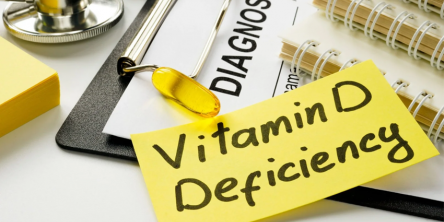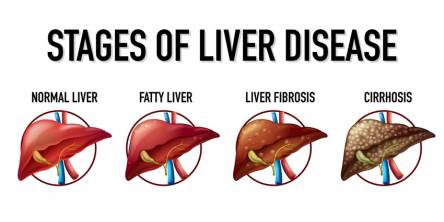The Goal Of A Pain Management Clinic And The Process Of Getting To That Goal

The goal of a pain management clinic is to manage the acute or chronic pain that a patient is having by reducing the frequency and intensity of their pain. In addition to addressing pain their issues, a multidisciplinary pain management clinic may address the patient’s functional goals so they can return to their normal activities.
Overall, a pain management clinic’s program is targeted at giving their patients a feeling of well-being. They also work to increase a patient’s activity level, like going back to work and eliminate or at least reduce the patient’s medication.
Different Types of Pain
A pain management clinic is staffed with a variety of specialists which enables them to treat many different types of pain. This includes acute pain, which is said to feel like severe, sharp, stabbing pains and chronic pain, the type that is present for six months or more.
An acute pain can be the body’s indicator that there is something wrong. One example of acute pain is a toothache. The pain is removed when the dental work is completed, like extraction or filling. This type of pain can be eased usually by OTC or prescription medications.
Chronic pain is consistent and can vary from mild to severe. An example would be the pain associated with spondylosis (spinal arthritis). Arthritis won’t go away, but the pain can be managed. Sometimes one type of therapy or treatment works and sometimes it takes combining different ones to get pain relief. This is why many primary care doctors will refer their patients to a pain management clinic.
Another type of chronic pain is from degenerative disc disease. A patient will experience cervical or lumbar spinal stenosis, facet joint pain, spondylolisthesis, vertebral compression fracture, and whiplash.
Your Appointment At A Pain Management Clinic
During your first appointment at a pain management clinic will be similar to that of any doctor appointment. However, while there are similarities, the pain management clinic’s focus is on pain. They want to find what is causing the pain, find the contributing factors that are causing the pain and finding ways to manage that pain as quickly as possible.
The doctors on staff at the pain management center will perform a physical examination and a neurological examination. They will review the medical history you provide as well as what your other doctors have sent. They will pay close attention to the history of pain and ask several questions about the pain. Some of the questions will include:
• How would you rate your pain on a scale from 0 to 10, with ten being the worse?
• When did your pain begin and what were you doing at the time?
• Does pain radiate to other areas of your body?
• Is the pain intensity constant? Or does it get worse at times? If yes, when?
• What have you found that helps the pain? What have you noticed that makes it worse?
• What therapy and treatments have you tried? What worked and what failed?
• What OTC or prescription medications are you taking or have taken?
• What herbal supplements or vitamins are you or have you taken?
The pain management clinic will probably have a standardized drawing of the human body, front and back. They will have you mark where you feel the pain and ask you to show where the pain spreads to. They will ask you to indicate if the pain is consistent in certain areas and if it is mild or sharp. As you go through therapy and/or treatments in the pain management clinic, they may ask you to complete the same form each time so they can get an idea if there is progress being made.
Similar Articles
The global wellness wave continues to tilt increasingly toward natural, organic, and Ayurvedic options. In 2025, the demand for certified-organic herbal supplements and genuine Ayurvedic formulations is higher than ever.
Indigestion, also known as dyspepsia, is one of the most common digestive complaints affecting people of all ages. It often manifests as bloating, heaviness after meals, burning in the stomach, or discomfort in the upper abdomen.
Imagine this: Lying comfortably inside an airtight chamber and taking deep, cleansing breaths of pure oxygen while your body quietly thanks you for its extra dose of healing power.
Vitamin D, often called the “sunshine vitamin,” is one of the most essential nutrients for overall health. It plays a crucial role in calcium absorption, bone health, immune function, and hormone regulation
Money can buy luxury, but not health. Modern sedentary lifestyles, dominated by screens, minimal physical activity, unhealthy diets, addictions, and stress, are crippling our society with diseases.
The liver is a Vital organ which is responsible for a number of essential functions that include detoxification of harmful substance, metabolising nutrients, production of bile for digestion, regulates blood sugar levels by storing and releasing glucose, synthesis of protein, break down of fats through Beta- oxidation.
In ancient times when there was no professional method of health examination, people usually figured out health problems because of signs on one’s appearance. The change of skin color might be one of the most common signs that show something unusual inside the body.
When looking for help for substance abuse, finding and selecting the right drug rehab facility is a crucial step toward a patient's recovery. While there are plentiful options available, it can be overwhelming for people to choose the best one suited to their individual needs.
Fatty Liver Disease (Steatosis) is a common condition which denotes the excessive accumulation of fat in the liver. The liver is located in the upper right-hand portion of the abdominal cavity on the stomach, kidney and intestines. The liver is the major metabolic organ which is found in vertebrate animals









